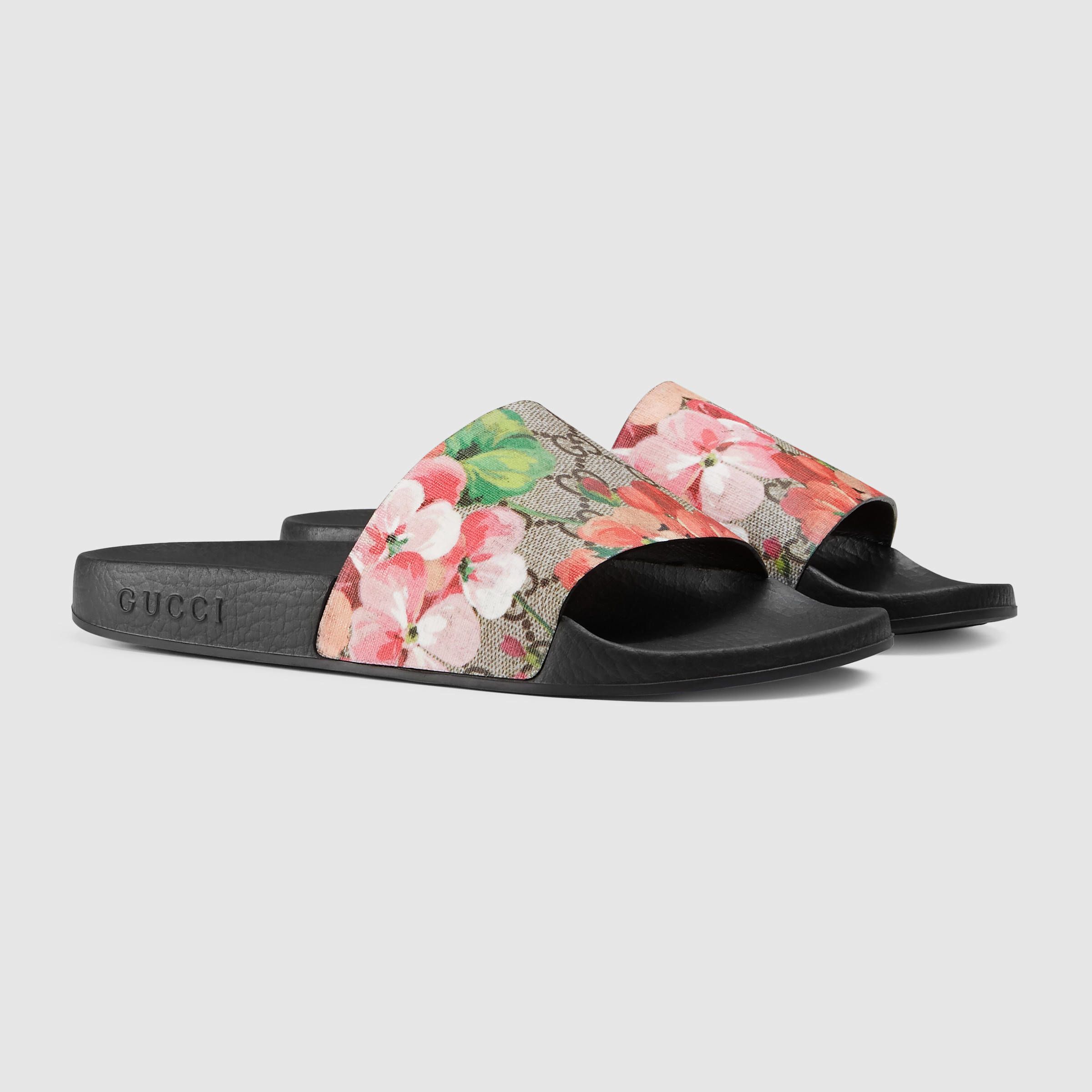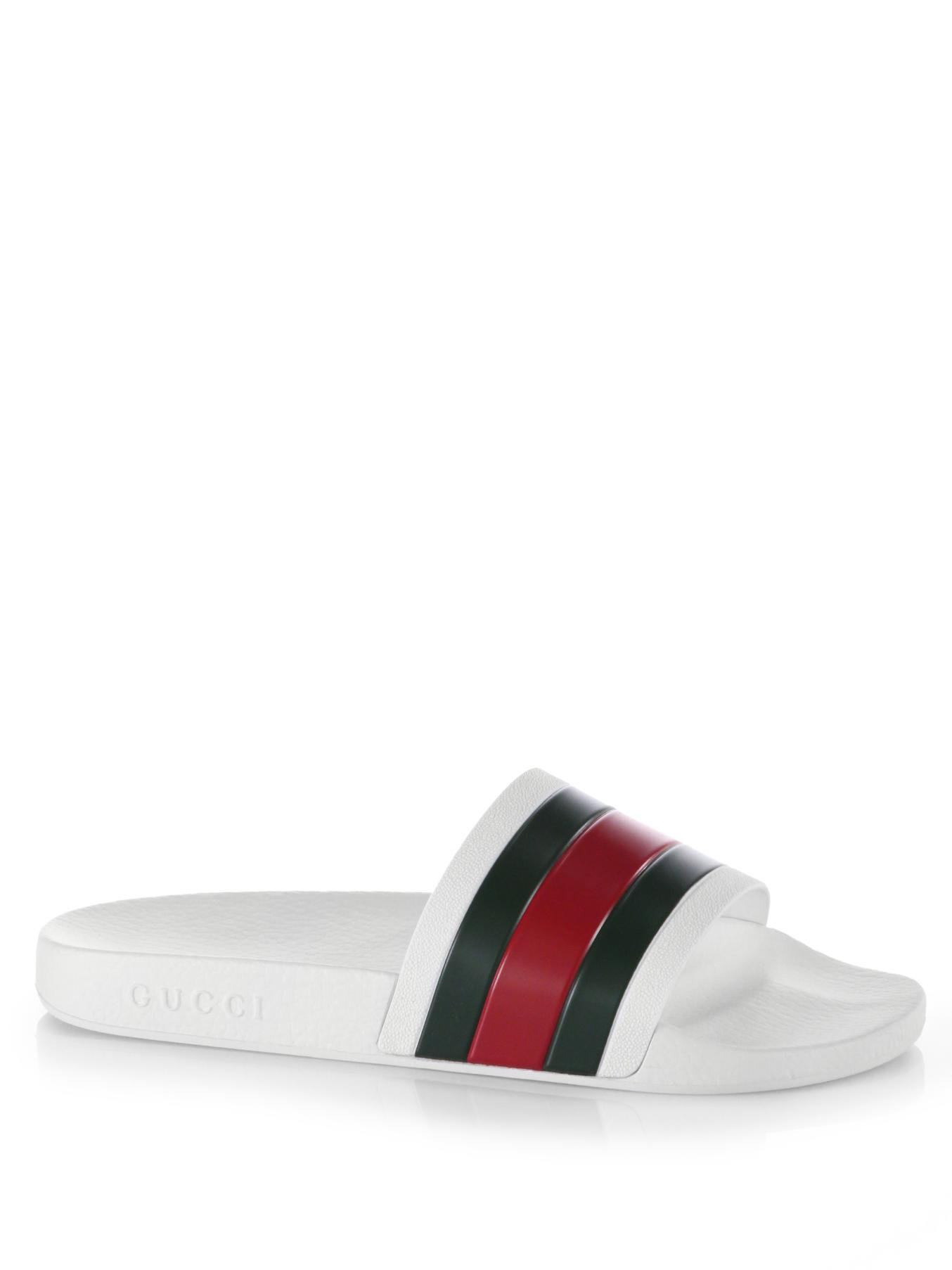

That was the name of a 1970s magazine from the Fronte Unitario Omosessuale Rivoluzionario Italiano, or the United Homosexual Revolutionary Front. They mixed it up with overalls and traffic cone-orange sequined jackets splashed with the word “Fuori!!!” They were made into bags, worn on the front of belts and the tops of slides, and even printed on the hem of an evening dress. Wait - gremlins? Yes, those furry creatures from the 1984 black comedy about adorables with twin personalities whose evil instincts come out when they get wet.

It infused the Gucci show, certainly, which was called “Twinsburg.” Inspired by the designer Alessandro Michele’s mother and her identical twin sister who helped raise him (rather than the Ohio town of the same name or the stuff of horror films) - as well as the idea of the “other” - it featured 68 pairs of identical twins. (As it happened, Paris wasn’t the only famous blonde making a guest appearance: As seen in scores of social media clips, Kim Kardashian, who collaborated on the Dolce & Gabbana show and its bustiers forever sparkle, took a finale bow, alongside the designers.)īut still, there’s a lot of emotion permeating the clothes, generally in a good way. That meant fringed and abbreviated black leathers, slashed peekaboo jersey, animal-print sheer shirting over hipster cargos, and teeny lacy lingerie numbers in neon Barbie shades, complete with bridal veils.Īnd it meant Paris Hilton strutting her stuff in a glittering pink crystal minidress as a surprise finale - in what seemed a somewhat Teflon nod to the recent trend for re-examining the narrative around the women who became cultural punching bags at the turn of the millennium. After she ended that show with a rabble-rousing speech, crying, “When it comes to civil rights and human rights we are all part of the same party.”Īs to what goddesses of freedom wear, well, the same thing as goth moto rebels from the 1990s apparently, liberating themselves from the tyranny of good taste (often equated with conservative taste). This was after Stella Jean returned to the catwalk - after a two-year absence in protest at the lack of designers of color in Milanese fashion - with her multicultural WAMI show, an acronym for “We Are Made in Italy,” featuring the work of five other designers as well as her revisionist plantation dressing overlaid with Haitian-inspired prints. And the idea that there are no designer dictators here. All of it united by exacting technique and generosity of spirit. A turquoise leather skirt sprouted a garden of three-dimensional flowers beneath a skinny ribbed knit while filigree ivory slip dresses came scattered with furry pastel blooms and hung with iridescent beading, like drops of water. In the middle were assorted pick-your-personality options including pantsuits with the seams pinched together into little raised fins at the back of the calves and arms, and gorgeous knit jacquard dresses that looked like abstract landscapes, hugging the shoulders and finished in deep-pile fringe. This time, the looming shift in vibe has seeped onto the runways in a different form. Normally the promise of the country’s first female prime minister - Giorgia Meloni, leader of the Brothers of Italy party - would have designers nattering on about women and power and what it means to them (big shoulders, usually), but not this time. Italy may have been on the verge of voting in its most extreme right-wing government in decades, but Italian fashion has been swinging in the opposite direction. The Moncler 70th anniversary experience had begun, and it seemed like the brand had invited practically the whole city (plus Colin Kaepernick) to come together and watch. Then out marched another mass of people in white puffer jackets. A raised stage had been constructed before the soaring cathedral, and on either side stood towers of floodlights and two enormous screens. It was raining, but they stood side by side, jittering in mass anticipation. MILAN - The night before Italy went to the polls on Sunday for its first general election in five years, almost 20,000 people thronged the square in front of the Duomo.


 0 kommentar(er)
0 kommentar(er)
